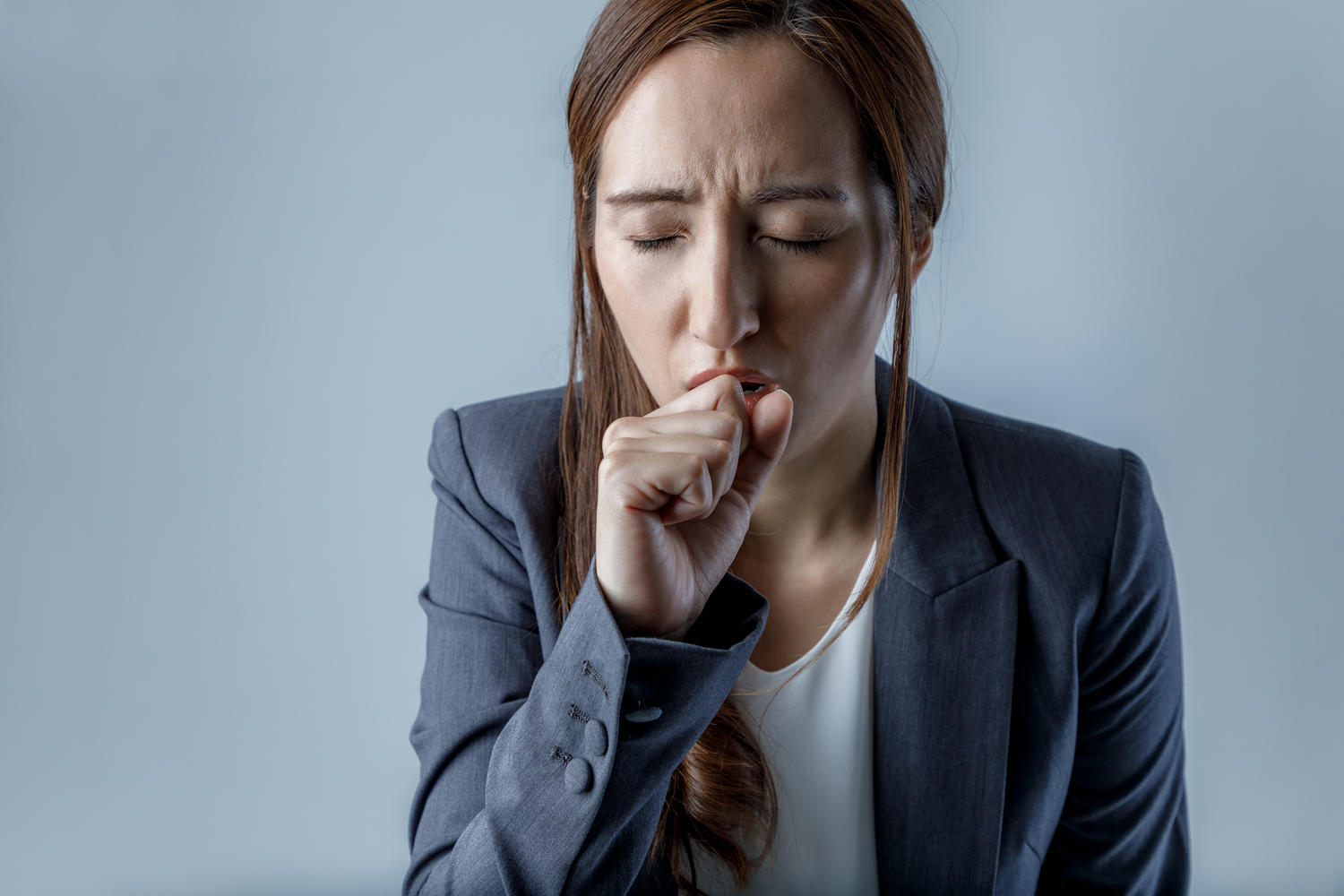Causes, Symptoms, and Treatment of COPD
Chronic obstructive pulmonary disease (COPD) is a chronic lung manifestation causing breathing problems. It is a disease that interferes with the normal reversible breathing process. This is due to the obstruction of the airflow in the lungs.
The process of COPD is mediated by several interlinked factors that cause progressive symptoms. These are also interlinked with some vital disease like the osteoporosis, diabetes, and heart-related ailments that influence mortality and morbidity.

- Chronic bronchitis is a form of COPD characterized by a cough and the production of mucus, which can be long-lasting. In such cases, the bronchial walls get inflamed, narrowing the air flow. This inflammation results in an excessive mucous secretion that are thicker producing cough and clogging the path for smooth airflow.
- Emphysema is the second form where the lung tissue gets damaged if kept untreated for long. It interferes with the efficiency of exchange of gasses. It may be aggravated to lose the elasticity of the alveolar membrane resulting in the tearing of the walls of alveoli.
In COPD, there is a combination of both the forms at the same time. The disease may become more severe as it progresses. With the instances of COPD, there is some permanent blockage in the pulmonary systems that obstruct the transmission of vital gases.
Causes of COPD
There are various causes of COPD, but the two main causes are the ones mentioned below:
- Smoking
Smoking is a prominent cause of COPD. This is because the toxin that is present in tobacco irritates the inner lining of bronchioles causing them to get inflamed. Thus, the diameter of the tubes gets reduced that restricts the volume of the airflow. The swelling of the tissues may trigger the production of mucus, which leads to the clogging of the air passage. Sometimes, smoking also causes to increase the concentration of elastase that depletes the elastin protein present in the membrane of the alveoli. Thus, the delicate inner lining of the alveoli wears and tears, resulting in emphysema. - Environment Air Pollution
It has been reported that people subjected to heavy air pollutants are highly susceptible to COPD. Occupational hazards may also develop COPD; for instance, people working in coal mines have been found to be severely affected by COPD. Working in a hazardous environment may also cause COPD at any stage of life.
Symptoms of COPD
The major symptoms of COPD are as mentioned below:
- Excess coughing and wheezing that may stay up to six months
- Shortness of breath or dyspnea accompanied with recurrent fever and infection
- Excessive production of phlegm, making it difficult to breathe and maybe even more difficult to cough
- There is edema or swelling of different parts of the body
- Blue spots may appear on the skin due to COPD
Treatment measures for COPD
COPD has no definite cure, but it can be prevented or the progression can be slowed down with the help of various treatment procedures.
- Antibiotics can be given to help get rid of the bacteria that get trapped in the air passages, causing infections.
- Another method is using the bronchodilators. They are inhaled medicines that widen the nasal passage for the smooth exchange of gasses.
- Corticosteroids are also given to the patient to relax the constricted air passages. This can be effective if the bronchodilators are not of any help to the patient.